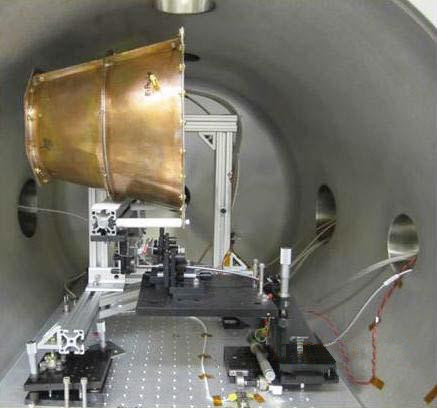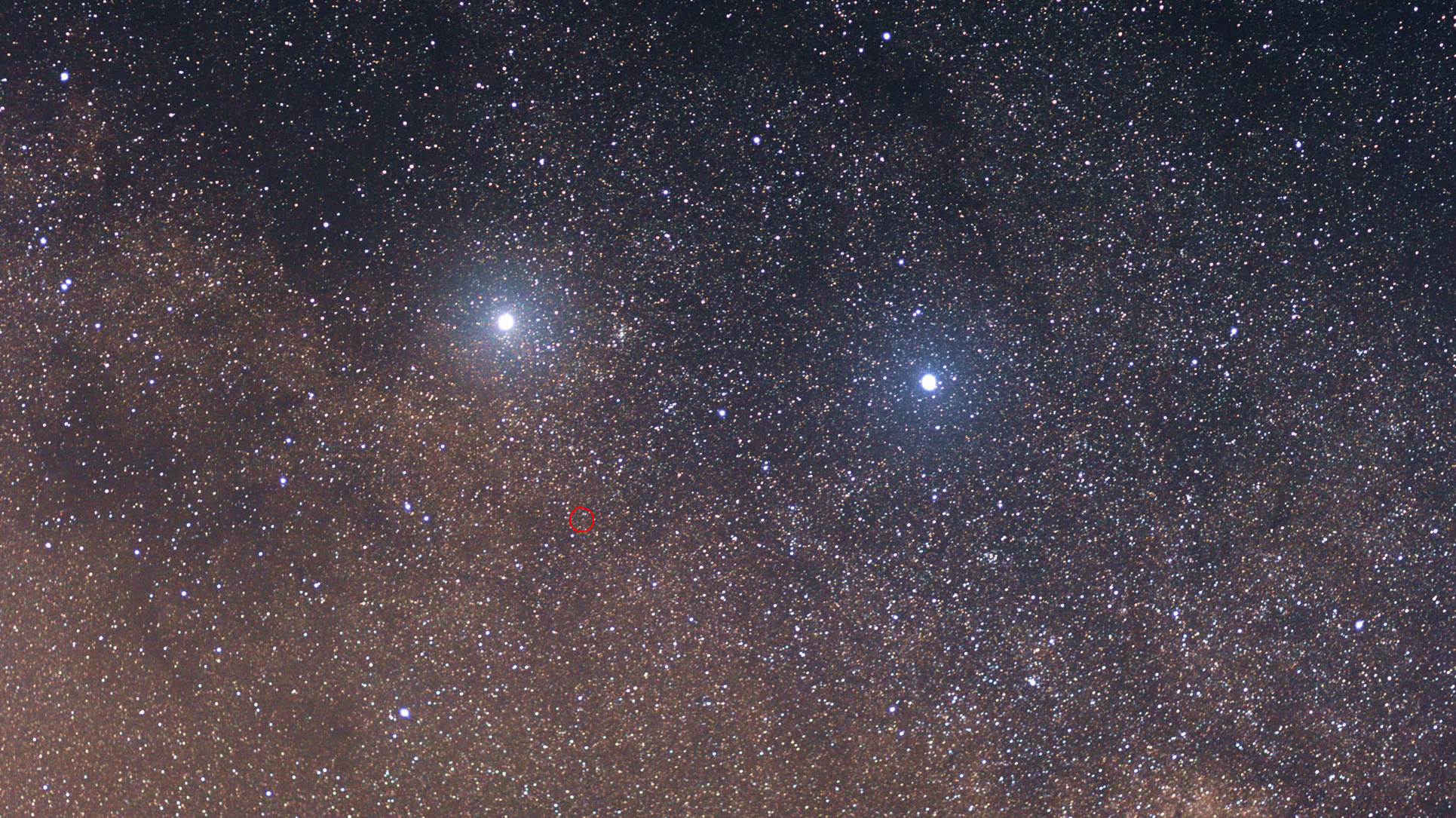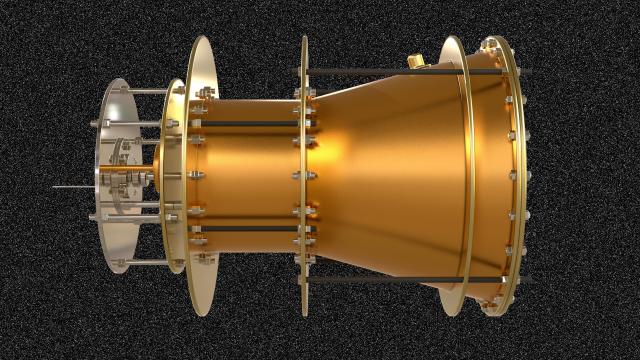Five years ago, NASA researchers experimented with an object called the EmDrive (or electromagnetic drive), a Y-shaped metal chamber in which, they reported, thrust could be produced without propellant. Such a contraption would refute core principles of physics as we know them and eliminate a huge barrier to deep space travel by nullifying the need to carry fuel. Ultimately, the hope riding on EmDrive was that propellant-less thrusters would make travel to distant objects, like the outer solar system and even nearby extrasolar systems like Alpha Centauri, manageable in human timescales.

If that sounds too good to be true, well, other scientists had the same thought. Since that paper, published in the Journal of Propulsion and Power, plenty of research has come along explaining where EmDrive’s original maths went wrong. The hopes for a propellant-less thruster haven’t been dashed, exactly; they’re being gradually debunked in a death-by-1,000-studies. The most recent effort involves three papers, presented at the conference Space Propulsion 2020+1 by researchers from the Dresden University of Technology in Germany.
“When power flows into the EmDrive, the engine warms up,” study co-author Martin Tamjar, a physicist at TU Dresden, told German outlet GleWi. “This also causes the fastening elements on the scale to warp, causing the scale to move to a new zero point. We were able to prevent that in an improved structure. Our measurements refute all EmDrive claims by at least 3 orders of magnitude.”
Oops. It’s a real pity, too, because a fuel-less thruster would be a boon to human exploration of the cosmos, near and far. But the German team has been tooling with their EmDrive for several years now, using a model of the technology based on the 2016 NASA design. They still haven’t found evidence to support the original claims.
EmDrive’s principle was that microwaves bouncing around inside a chamber would exert a force just lopsided enough to create a minute amount of thrust. Critics say it violates basic laws of physics: It seemed EmDrive was conjuring momentum, rather than the thrust emerging from known physical phenomena.
When previously testing the NASA results, the same German team also found a slight thrust effect, but they weren’t too sure about it. They’ve since been trying to mute all outside noise, to see if EmDrive was actually making any itself. In one of the new studies, the authors concluded that the thrust effect was really just the device vibrating, an artefact of its operation.

The EmDrive has been a pet project of DARPA, the R&D wing of the United States Department of Defence. DARPA’s investment in the project runs through May 2021, so that funding avenue for the project that once had so many hopes pinned on it has precious little time left.
The fantasy of the EmDrive remains just that for now, though it won’t stop scientists from plugging away at the propellant problem, which remains a colossal barricade to us wee humans venturing farther than our own cosmic doorstep. On the bright side, with each passing paper it seems even more like the “Impossible Drive” has lived up to its nickname.
